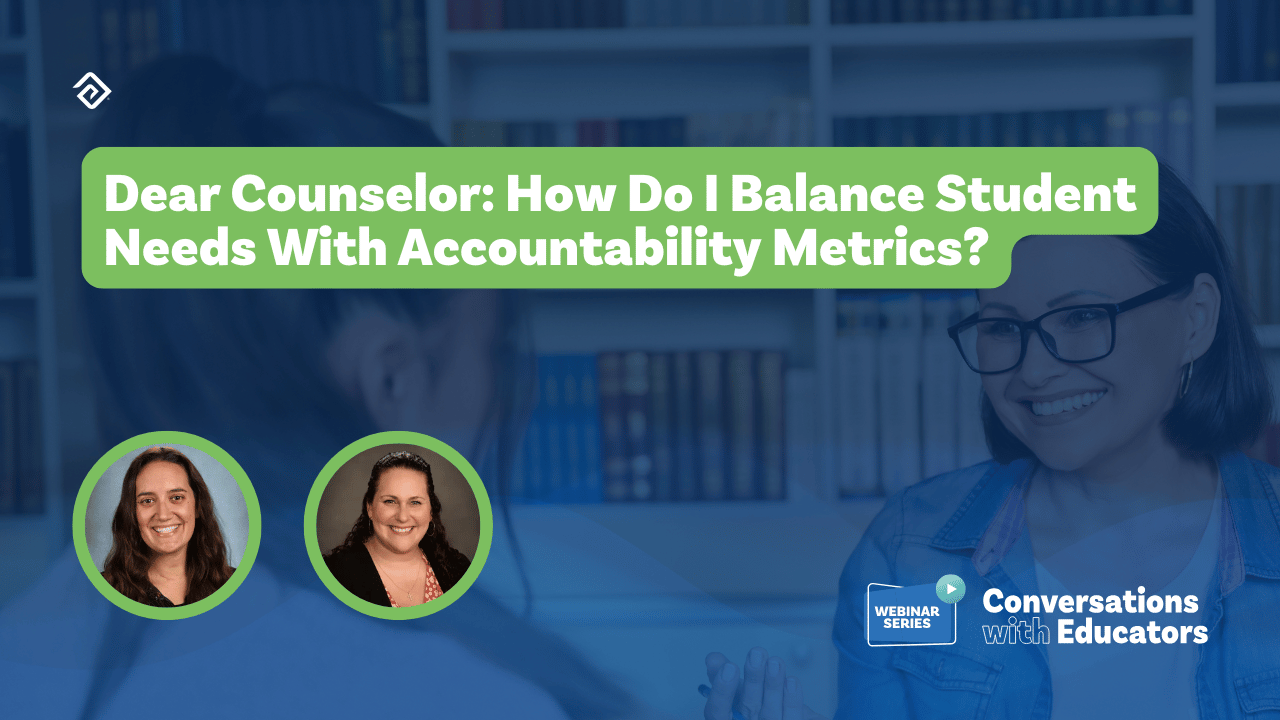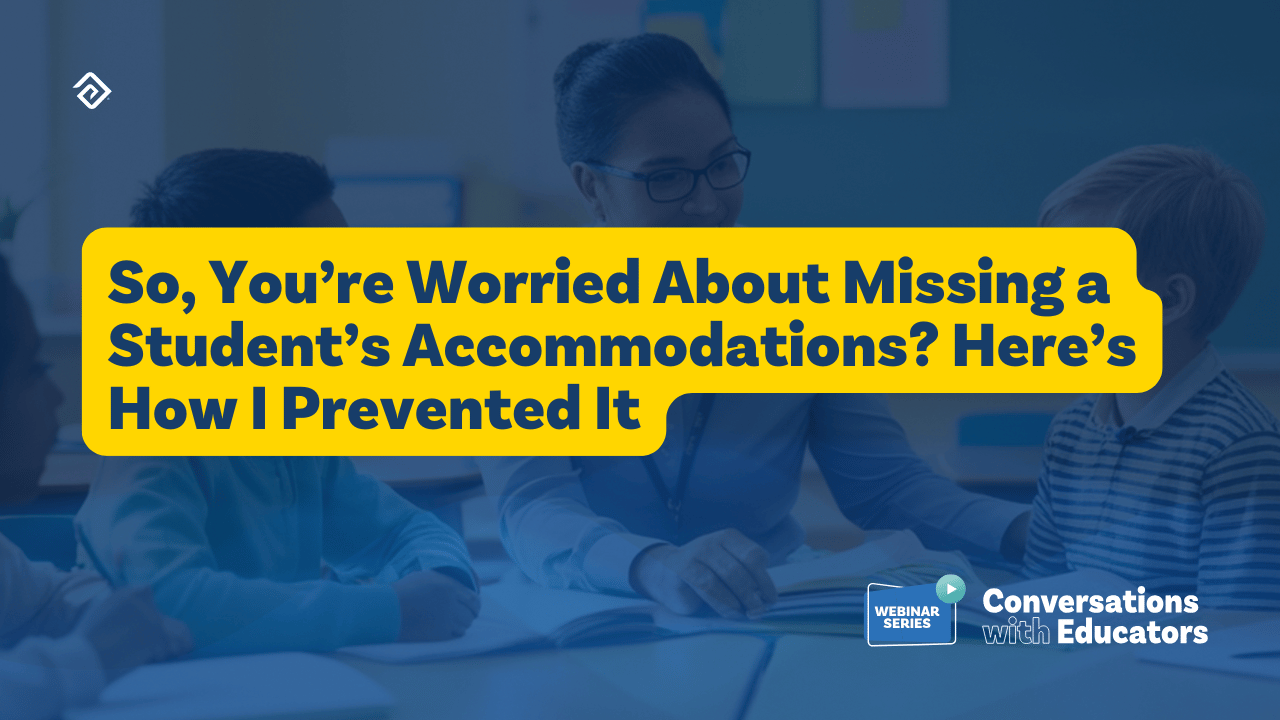List of IEP Accommodations: 29 To Know
IEP Accommodations

IEP (individualized education program) accommodations don't change what you expect a student to learn. Accommodations are when you adjust the environment to help a child learn or access the content of a test, basing this on a student's needs. A quick example is providing materials in large print or another alternative format.
There are several categories and types of IEP accommodations you should know. The following are many of the diagnoses and disabilities you can implement IEP accommodations for:
- ADHD
- Anxiety
- Autism
- Dyslexia
- Dyscalculia
- Dysgraphia
- Intellectual disability
- Learning disability
- Emotional disturbance
- Stuttering
- Speech impairments
- Visual & auditory impairments
- Traumatic brain injury
Each state may have different rules for what types of accommodations are allowed. There are several categories of accommodations and specific examples of each. Some accommodations may fall under more than one category.
IEP Environment Accommodations
Environmental accommodations include improving the physical surroundings of a student.
- Physical Accessibility: You'll want to ensure the student has a barrier-free environment in the classroom and easy access to all workstations and materials. Increasing space between desks is a simple option that can provide accessibility.
- Structured Seating: Sitting closer to the teacher is sometimes necessary for students with hearing, visual, or other special needs. Sometimes a student may need to stand to feel comfortable.
- Separate Seating: A student may need to sit in a quiet area to complete work or take tests. You might want to use colored tape to define boundaries around a student's work area.
- Adapted Lunch and Recess: Where a child sits during lunch and adult-led activities during recess may reduce stressors and improve student learning and testing.

IEP Presentation Accommodations
These include how teachers present instruction, materials, tests, etc., to students.
- Alternate Testing Format: This would include giving the easiest part of a test or material first.
- Audio or Videotape: Some students may need to hear or view instructions and material in different formats.
- Designated Teacher: A student might benefit from having a particular teacher work with the student on specific assignments or reading test questions.
- Designated Proximity: A teacher may want to stand near a student when giving instructions for a test. The teacher might provide cues when transitions occur.
- Small Group Instruction: Students often benefit from more intensive, small group instruction. You might consider seating a student near someone in the small group that serves as a positive role model.
- Repeated Reading: The student, a teacher, or a peer may read instructions or items more than once.
IEP Response Accommodations
These are accommodations that allow different responses from students.
- Alternate Answer Formats: Students can sometimes relate answers verbally or on a computer instead of writing them.
- Dictated Answers: A student may relate answers to a teacher or peer, who will then write them down.
- Sign Language: Using sign language to answer questions or take tests is often necessary for students who are deaf or hard of hearing.
- Augmented Communication: This includes all types of communication besides speech. A few would include pictures, symbols, gestures, and facial expressions.
IEP Organizational Accommodations
Organizational accommodations can provide structure and routine for students.
- Notetakers and Outlines: Giving students class notes and outlines ahead of time can help them follow a teacher's test instructions more easily. A teacher might also highlight or color-code certain passages or specific instructions in the outlines.
- Implement Digital Tools: Calculators and digital spell checkers are two such examples. A student may also use scanning devices that read words out loud or an electronic dictionary.
- Checklists: Some students may benefit from a list of all test-taking instructions from start to finish. A picture diagram with instructions might also help.
IEP Material Accommodations
Materials are a subcategory of presentation accommodations. These include all the special or extra materials a student may need.
- Visual Formats: Large print textbooks and worksheets can help students with visual disabilities. You might also use materials that have vibrant color contrasts during testing.
- Tactile Formats: This would include materials written in Braille or other raised formats. You might also use real objects, such as coins, instead of printed material.
- Provide Sensory Tools: Wiggle cushions, a weighted laptop, and noise-muffling headphones are examples of sensory tools.
- Adaptive Writing Tools: This might include larger or differently shaped pens and pencils. You might also use finger spacers or pencil grips.
- Technological Accommodations: Advancing technology can dramatically help students reach their potential. These tools would include everything from graphic-enhanced text and captioned videos to manipulatives and tactile graphics.
IEP Timing Accommodations
How you manage time can make a big difference in how well a student will perform.
- Taking Breaks: Some students may need extra breaks to perform their best in the classroom.
- Extended Time: Students may require additional time to complete tests or assignments.
- Time Management: During testing, you can update students regarding how much time is left for specific sections or the overall test.
- Separating Tests: If possible, a student might take various sections of the test on different days or at separate times throughout the day.
IEP Social Accommodations
There are a few accommodations a student may need regarding socialization.
- Peer Interaction: This might include cooperative learning or peer tutoring for particular lessons or test prep.
- Increased Social Interactions: Some student learning may benefit from an increase in social interaction or even the opportunity to help other students.
- Increase Family Involvement: You will want to work with family members to best help the student when outside the school environment.
Conclusion
Whether it's weekly tests or ACT, SAT, and AP exams, students with various disabilities need the correct accommodations to complete tests as successfully as possible. Testhound can help you effectively manage student testing through automation and time-saving processes. You need the best software to ensure that each student receives the right accommodations for each test.
Contact Testhound today to coordinate all your assessments while tracking accommodations and testing history.


More Great Content
We know you'll love




